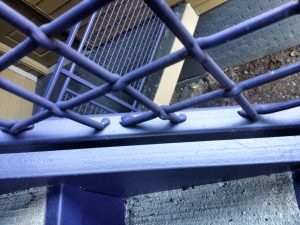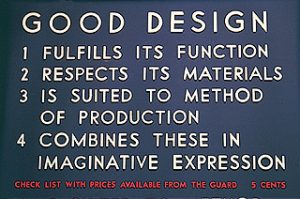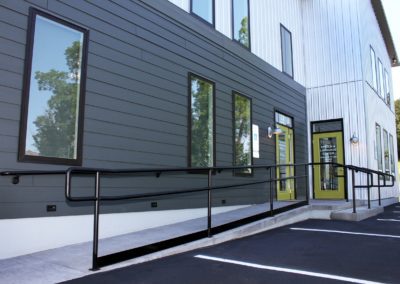One of my favorite quotes in the architectural world, “design is the first sign of human intention” ~ William McDonough, sets the stage for how architecture should be approached. Architects should focus on delivering design that will save money, save energy, reduce environmental impacts, and serve the intended use to the best of their ability. It all starts with design: setting the right priorities and understanding the process.

Let’s examine this notion of design. Take a step back and look at the process of creating a family calendar, a list for the grocery store, a vacation itinerary; these are all your designs for these activities. So how does making a grocery list apply to designing a building? It is essentially the same process of designing a solution. You can scatter shoot and simply make a list of things needed, without any thought to how the items will best fit together. This process will waste your valuable time in the store. Or you design the most efficient solution to the problem keeping items on the same aisle grouped together on the list. In other words, you have to understand the process, materials, and members of the team to best design a solution that is most efficient. If you understand the store layout, know how the products are arranged, and know which cashier is most efficient, then you can maximize your investment, time, used to accomplish the task.

In designing a building, an architect is trained to maximize your investment through design. The architect understands the pieces of the puzzle, the materials, the efficiencies of systems, and the members of the project. While anyone can purchase a floor plan design software at a big box store and put rooms together, they don’t understand all the complex pieces of the puzzle. Builders can deliver a house that provides shelter, but can they make sure that the spaces function to optimal performance for daily living. I contend that only an architect can bring all the pieces together, understanding how to design the most efficient solution, how to best use the materials, how the integration of systems impact spaces, and how the roles of the team members impact the end product. Yes, hiring an architect will cost more on the front end, but you then can achieve the most efficient design that meets your goals. Hiring an architect will save you money through energy-efficiency, by using materials to the best of their means, and by creating space that meets your daily lifestyle goals. Hiring an architect is your first sign of intention that sets the standard for your project.




